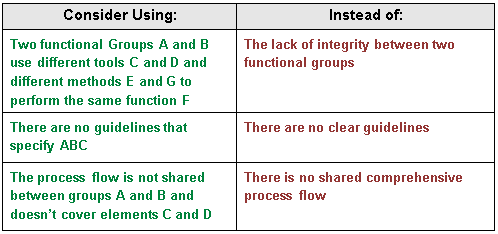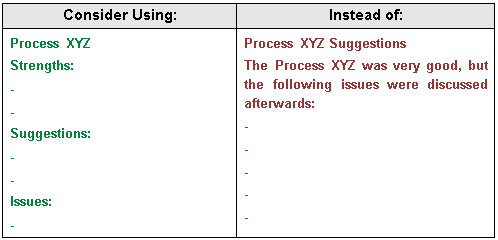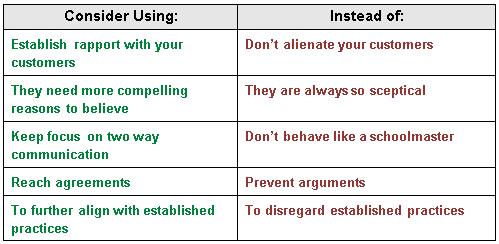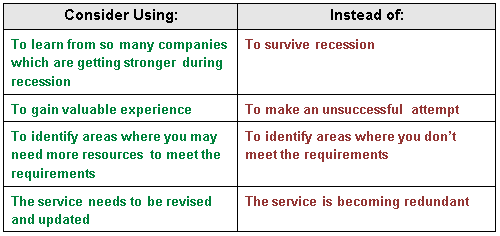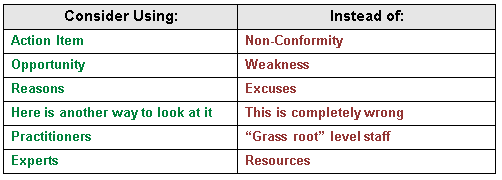
Which has me thinking about the process of moving. (Trust me: Thinking about the process of moving is infinitely more fun than the actual work of attacking and packing up that junked out storage closet.) So go with me here....
In a fundamental way, the act of selling your house, packing your stuff, finding a new place to live, moving your stuff, and unpacking your stuff so you can settle in and get back to your life again, well, it’s fundamentally just another project.
It has mission and goals tied to overall strategy, and it has phases and methods and detailed tasks that must happen in a specific order. And just like any other project you might work on in your professional life, the process of pulling up sticks and moving your household will run more smoothly if you obey and organize around the principles of effective project management.
Every project has specific phases. These are initiation, planning, implementing, controlling, and closing. If the project is long and complex, you will repeat each of these phase activities inside each of the larger implementation phases. If the project is straightforward and simple, you’ll plan to breeze through the activities. Trust me though, there isn’t a project on the planet, personal or professional, that can skip over any of these core phases.
My grandmother used to tell me “Start the way you mean to go on.” I think she meant cleaning up the kitchen or doing my homework, but she was ever so right about moving and about project management too. In my moving adventure, the initiation phase kicked off the morning I looked at my husband and said “I’m bored of living in suburbia.” Three years later the house is finally sold, we are starting to pack up, and yet I still remember that “Are you crazy?” look across the breakfast table.

The corporate equivalent is the brilliant software developer with a crazy idea for some new functionality that will be oh, so cool. But by the time the organization rallies around the possibilities of commercializing the cool idea, too much time will pass, and the project manager assigned the project will be being pressed by senior leadership to find ways of accelerating the entire remaining project. This is an absolutely immutable law: The faster you can move from concept idea through the initiation phase to kickoff and the beginning of planning, the more effectively you can bring the project to successful completion.
As I contemplate packing that storage closet I’m reminded that if we had committed to moving sooner, I would have been packing sooner, and I’d be better organized and able to sell, give away, or put in storage more of our stuff. But now, with only a few weeks left, I’m forced to pull out the big plastic garbage bags and start pitching. Our family has spent so much time talking about moving without actually moving that I’m already bored again and have lost my enthusiasm for the whole move-to-the-city project.
The same will happen corporately if you take too long to jump on an important innovative idea; your key people will jump, mentally if not physically, to the next compelling idea. Go fast and focused at the very beginning of a project and save the time talking for all the doing that will need to happen later on. Otherwise all the functionality that you wanted to sell to senior management, or transfer into other projects, or store for the next iteration, well, you’re out of time and you’ll not be able to get those items included in this project. It’s the project equivalent of dumping your storage closet stuff into green plastic garbage bags. And when the product hits the market, or the new system gets deployed, the press or your customers will criticize you for releasing a product that doesn’t feel finished or a system that is missing key functionality. The project simply won’t feel successful without a proper disposition of all that functionality.
What must you do? Simply:
Evaluate every idea immediately. It’s either good enough to move forward with, or it’s not. If you are a professional project manager, your job is to drive everybody forward right from the beginning of initiation, not just in the later phases of the project. The harder you drive now at initiation, the less hard you have to drive the team later in implementation when folks are tired, bored, and maybe even burned out.
If you want to get the project finished quickly, and keep the driving forward pressure amped up throughout the whole project life cycle, then get into and out of the project initiation phase fast.
Right now.
Start the way you mean to go on.
Don’t end up standing there in front of the project storage closet holding a garbage bag because you’ve run out of time.
More stories, examples, and project management tips in Quality and Project Management training course.
About the Author
Karen Creditor has practical experience as a project management executive who has lead project management offices and successfully managed million dollar technical programs for enterprise level companies, including Monsanto, Peabody Energy, Research in Motion, and Marsh Company.
Karen also is an inspiring teacher, passionate about applying new learning to achieve business and personal success. She has taught in the Applied Science and Engineering Programs at Washington University in St. Louis and Conestoga College Institute of Technology and Advanced Learning in the Department of Business.












